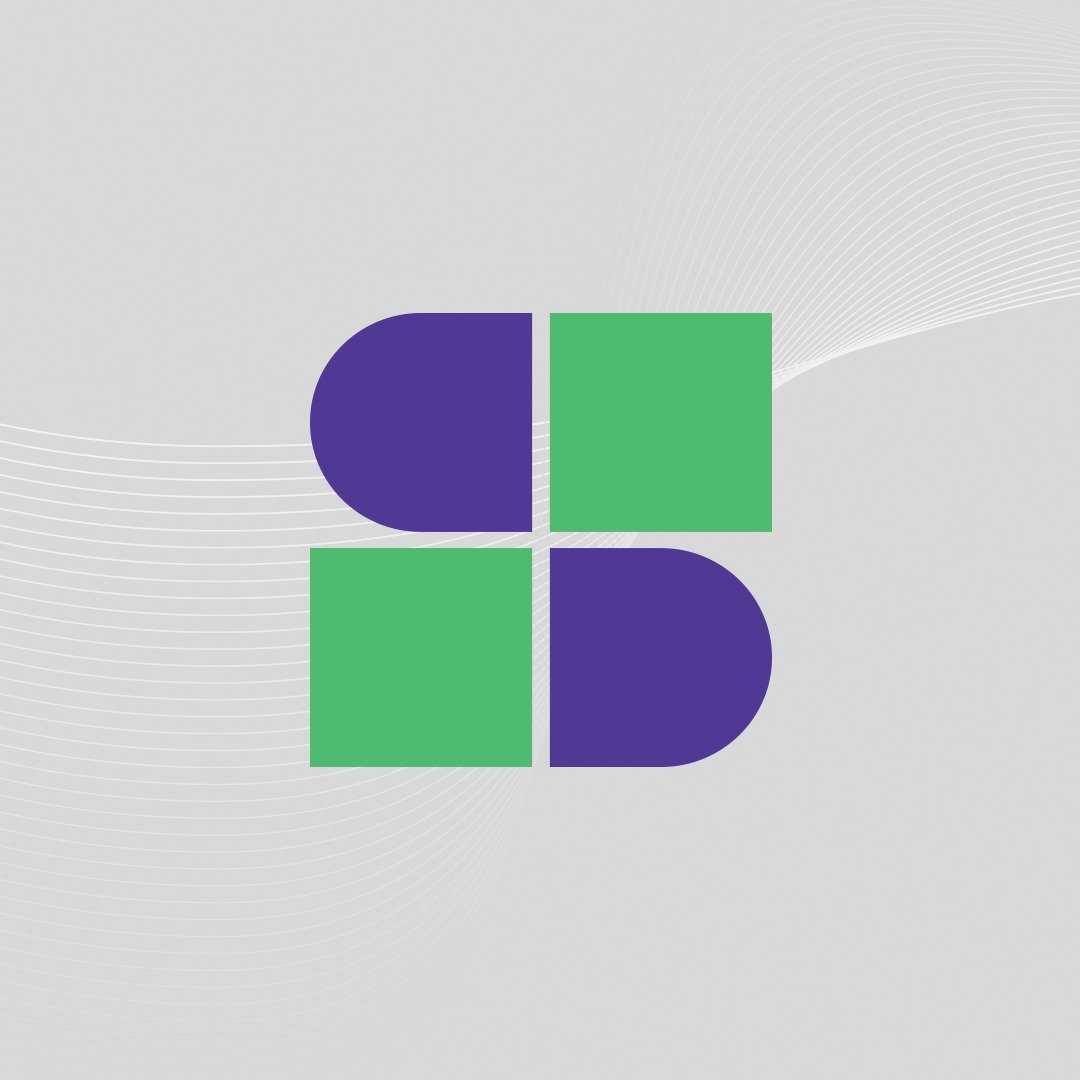Admin panels are crucial for managing the back-end operations of web applications, and Laravel Filament is an elegant tool that simplifies this process for developers. It is a versatile admin panel package for Laravel that lets you build custom administration panels quickly and with ease. For those new to Laravel or admin panel design, Filament provides a gentle learning curve with powerful features under the hood. Whether you’re looking to manage content, users, or complex data structures, Filament has you covered. Keep reading to get acquainted with this impressive toolset for crafting responsive and efficient admin panels.
Understanding Laravel Filament and Its Role in Admin Panel Development
Laravel Filament is a relatively new but highly promising addition to the Laravel ecosystem. It is designed as a TALL-stack admin panel, utilizing technologies such as Tailwind CSS, Alpine.js, Laravel, and Livewire. This stack makes it exceptionally easy for developers to create beautiful, responsive, and dynamic interfaces with minimal effort. Filament allows for the seamless integration of custom components, making it a flexible choice for developers with unique admin panel requirements.
Importantly, Filament strives to enhance the developer’s experience by adhering to Laravel’s conventions. It means that familiar concepts and tools, such as Eloquent, policies, and validation, are at the core of its operation. The Laravel filament takes advantage of these robust features of Laravel, ensuring stability and scalability for your admin panels as well as the rest of your web application.
Though Laravel Filament is capable and robust, it maintains a simplicity that appeals to beginners and experienced developers alike. Its documentation is thorough and approachable, which is essential for learning the ins and outs of Filament. Understanding its role in admin panel development can help streamline numerous backend tasks and translate into significant time savings in project development.
Setting Up Your Development Environment for Laravel Filament
Before diving into development with Filament, it’s essential to set up a proper environment. This begins with ensuring that you have the latest version of Laravel installed, as this will provide the proper foundation for Filament to operate. You should have Composer, PHP, and a suitable database set up on your machine as well. Once these requirements are met, you can go on to install Filament via Composer.
After installation, you can publish Filament’s resources to your Laravel application, which extends its features and allows customization to fit your project’s specific needs. It includes publishing configuration files, views, and assets that will integrate seamlessly with your Laravel project. During setup, pay close attention to Filament’s configuration options as these determine the behavior and capabilities of your admin panel.
It’s also crucial to ensure your development environment reflects production settings as closely as possible. Using tools like Laravel Homestead or Docker and Laravel Sail can help create robust and isolated development environments. These tools offer an encapsulated space where Filament and other Laravel packages can run without conflicts that may arise due to discrepancies in server settings or software versions.
Customizing and Adding Functionality To Your Filament Panel
Taking your Filament panel beyond the basics involves diving into customization and adding unique functionality that your application requires. Filament is designed to be extensible, meaning that you can readily introduce new features and modify existing ones. Creating custom form components, fields, and widgets can differentiate your admin panel and tune it to your project’s specific needs.
Integration with other parts of the Laravel ecosystem is another powerful aspect of Filament. For instance, if you need to add an analytics dashboard or complex data visualization, you can integrate Laravel-compatible charting libraries directly into your admin panel. This allows for the easy creation of highly interactive and informative pages within the Filament framework.
Dealing with user permissions and roles is another area where customization is often necessary. Filament supports Laravel’s native authorization features, which means you can leverage policies and gates to manage access control within your admin panel. Tailoring these settings ensures that users only see and do what they are permitted, providing a secure and user-friendly admin experience.
Laravel Filament presents an excellent opportunity for developers to build efficient, elegant admin panels with ease, allowing more time to focus on the unique aspects of their applications. By understanding the tool, setting up an exemplary environment, learning through building and customizing, and adhering to best practices, you can create admin panels that are robust, secure, and adaptable to your evolving needs.

Software Testing Lead providing quality content related to software testing, security testing, agile testing, quality assurance, and beta testing. You can publish your good content on STL.



